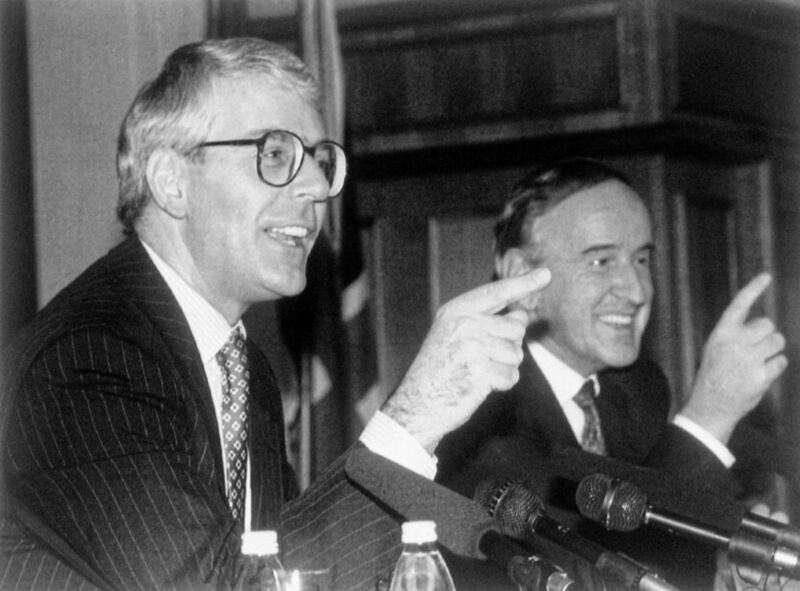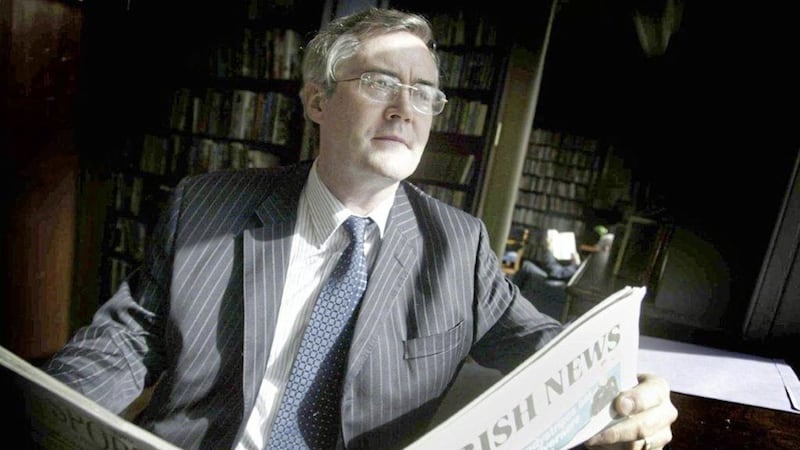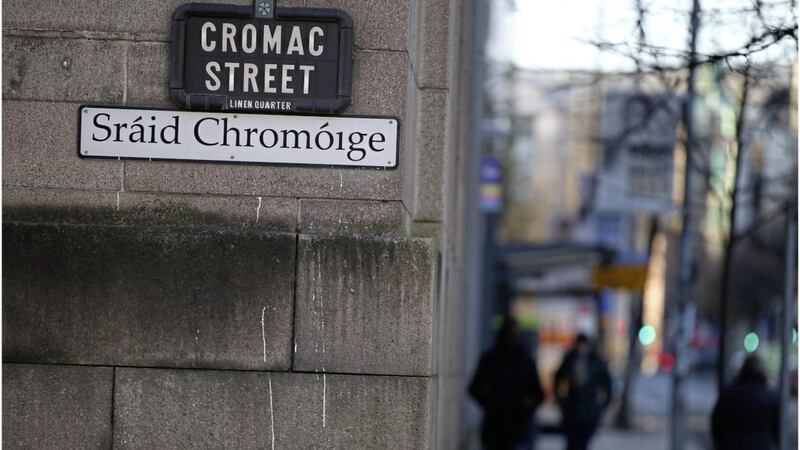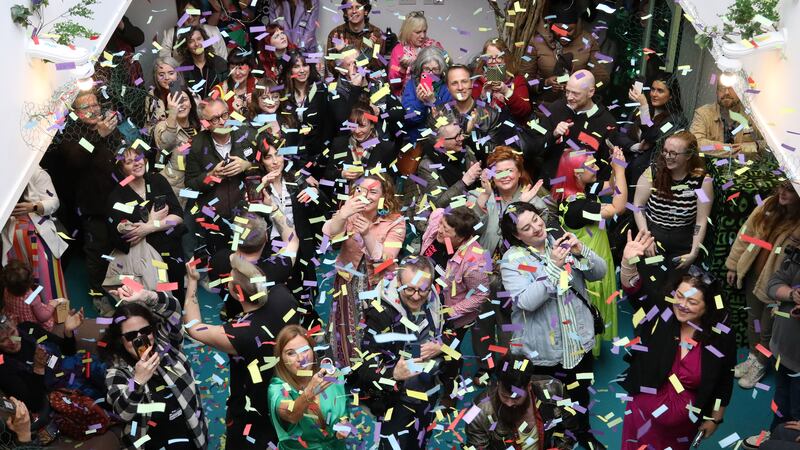1993 was one of the darkest years of the Troubles, with IRA explosions on both sides of the Irish Sea and a series of loyalist assassinations.
The year opened with the murder of a Catholic man and his son, Patrick and Diarmuid Shields, by the UVF outside Dungannon, Co Tyrone on January 3.
In February the British prime minister John Major met Bill Clinton in Washington and opposed the US President's ‘peace envoy’ idea.
In March, two IRA bombs in Warrington in England killed three-year-old Jonathan Ball and 12-year-old Timothy Parry and injured 56 people. Later that month the UFF shot dead four Catholic building workers in Castlerock, Co Derry.
On April 10, the SDLP leader John Hume and Sinn Fein President Gerry Adams met in Derry. They later issued a joint statement saying that "the Irish people as a whole have a right to national self-determination".
In June, President Mary Robinson faced a storm of protest by shaking hands with Mr Adams at a function in west Belfast.
On June 26, Brian McCallum, a UVF member, was fatally wounded when a grenade exploded during a disputed Orange parade in the west of the city.
READ MORE:
- Ban on 'junior wing of UDA' considered by NIO
- Gardaí 'told RUC just enough to prevent RUC lives from being lost'
- Martin McGuinness 'sent personal letters to leading Tories and asked to meet them'
- Bill Clinton's peace envoy idea caused 'deep concern' in British government
- Albert Reynolds's 'heart was in the right place' on Northern Ireland
- British government approved of Pope John Paul II's condemnation of violence
- West Belfast priest's appeal to British Government rebuffed
- Officials' concerns over anti-paramilitary group's Workers' Party links
In September, Mr Hume met John Major in London and later declared that he did not "give two balls of roasted snow" for critics of his talks with Gerry Adams.
On October 22, the SDLP leader declared that the Hume-Adams talks offered "the most hopeful chance of lasting peace’ and called on the two governments to "hurry up and deal with it".

On Saturday October 23, an IRA bomb exploded at Frizzell’s fish shop on the Shankill Road, killing 10 people, including one of the bombers. Six days later, UFF gunmen entered the Rising Sun Bar in Greysteel, Co Derry, killing seven people.
On November 28, it was revealed that the British government had had a secret channel to the IRA for three years.
On December 15, John Major and Taoiseach Albert Reynolds issued the Downing Street Declaration in which London said it had "no selfish, strategic or economic interest in Northern Ireland". Within a year the IRA and loyalist paramilitary groups would announce ceasefires.
The death toll from the Troubles during 1993 was 84.
* Dr Éamon Phoenix is a political historian, broadcaster and journalist. He is also a member of the Taoiseach’s Expert Advisory Group on Commemorations








